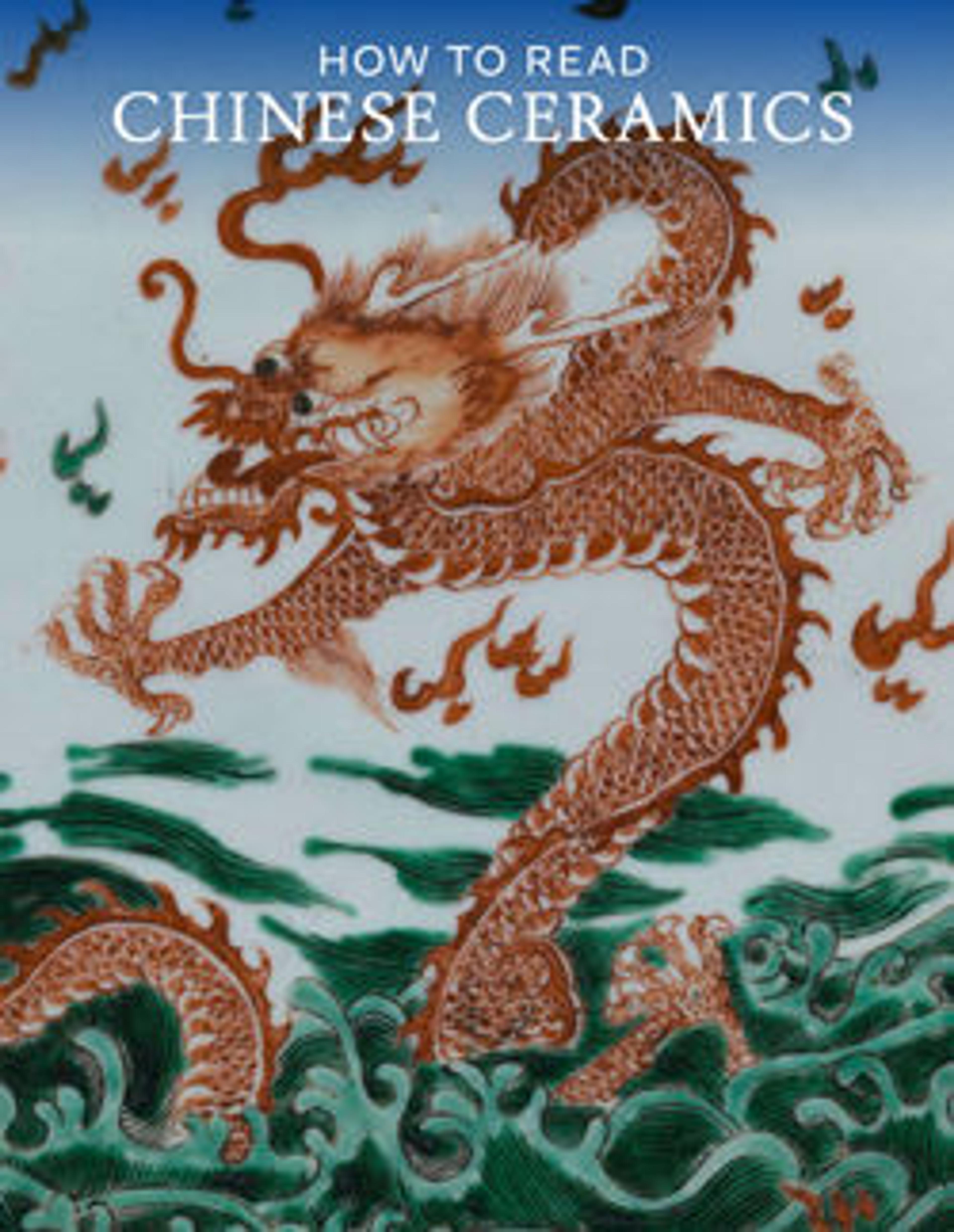Bowl with Green, Yellow, and Brown Splashed Decoration
This bowl is an example of the splashware made throughout Iraq, Iran, and western Central Asia, a type possibly inspired by Tang Chinese wares that were mainly decorated in a combination of green, yellow, and brown glazes. The addition of geometric and floral patterns, scratched into the surface of the bowl before the glazes were applied, is uniquely Iranian, and the vigorous yet refined drawing of the foliate forms makes this one of the finest splashed sgraffito pieces excavated.
Artwork Details
- Title:Bowl with Green, Yellow, and Brown Splashed Decoration
- Date:10th century
- Geography:Excavated in Iran, Nishapur
- Medium:Earthenware; white slip, incised and splashed with polychrome glazes under transparent glaze (sgraffito ware)
- Dimensions:H. 2 7/8 in. (7.3 cm)
Diam. 10 1/4 in. (26 cm) - Classification:Ceramics
- Credit Line:Rogers Fund, 1938
- Object Number:38.40.137
- Curatorial Department: Islamic Art
More Artwork
Research Resources
The Met provides unparalleled resources for research and welcomes an international community of students and scholars. The Met's Open Access API is where creators and researchers can connect to the The Met collection. Open Access data and public domain images are available for unrestricted commercial and noncommercial use without permission or fee.
To request images under copyright and other restrictions, please use this Image Request form.
Feedback
We continue to research and examine historical and cultural context for objects in The Met collection. If you have comments or questions about this object record, please contact us using the form below. The Museum looks forward to receiving your comments.
